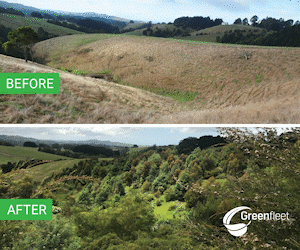Australia’s vehicle safety standards are slated to become the strictest it has ever been as new pole side impact safety regulations will be implemented for light passenger and commercial vehicles come November 2021.
ADR 85/00 – Pole Side Impact Performance or simply ADR 85 intends to reduce the risk of injuries and fatalities in side impact crashes with narrow road objects such as poles and trees.
It proposes to use more stringent side impact test protocols for vehicles sold in Australia.
This includes the use of anthropomorphic test devices to measure the potential for human injury particularly to the head, shoulder, ribs, spine, and internal organs.
It also focuses on increased vehicle body strength and additional airbag protection to increase occupant safety in side impact crashes.
The safety standards had been enforced on new model passenger cars and SUVs since November 2017. While the rules had been in place for commercial vehicles including vans and utes since November 2018.
However well-loved cars, SUVs, and utes are set to leave the Australian market by November 2021 due to non-compliance. This is despite a 4-year grace period given to older models.
Japanese brand Lexus announced in June that it will discontinue the IS mid-size sedan, RC mid-size coupe, and CT small car.
Joining the roster of cars existing the market are the Nissan GT-R supercar, Mitsubishi Mirage city car, and the Alpine brand of sports cars.
On the other hand, some car models will be undergoing engineering and structural modifications and may experience a slight interruption in sales until they are fully compliant with ADR 85.
This includes vehicles such as the Toyota Land Cruiser 70 series, Fiat 500C, Abarth 595C, the Volkswagen Amarok, and Skoda Fabia.
New models of the Kia Picanto and Stinger are already compliant with ADR 85. Meanwhile, the compliance forms for the Kia Rio and Stonic are just awaiting approval from the Department of Infrastructure.
Users of older models that are not compliant with ADR 85 may still be able to use their cars on Australian roads as long as they apply for conditional registration. Fleet managers should consult with their state or territory transport authority regarding this.



















